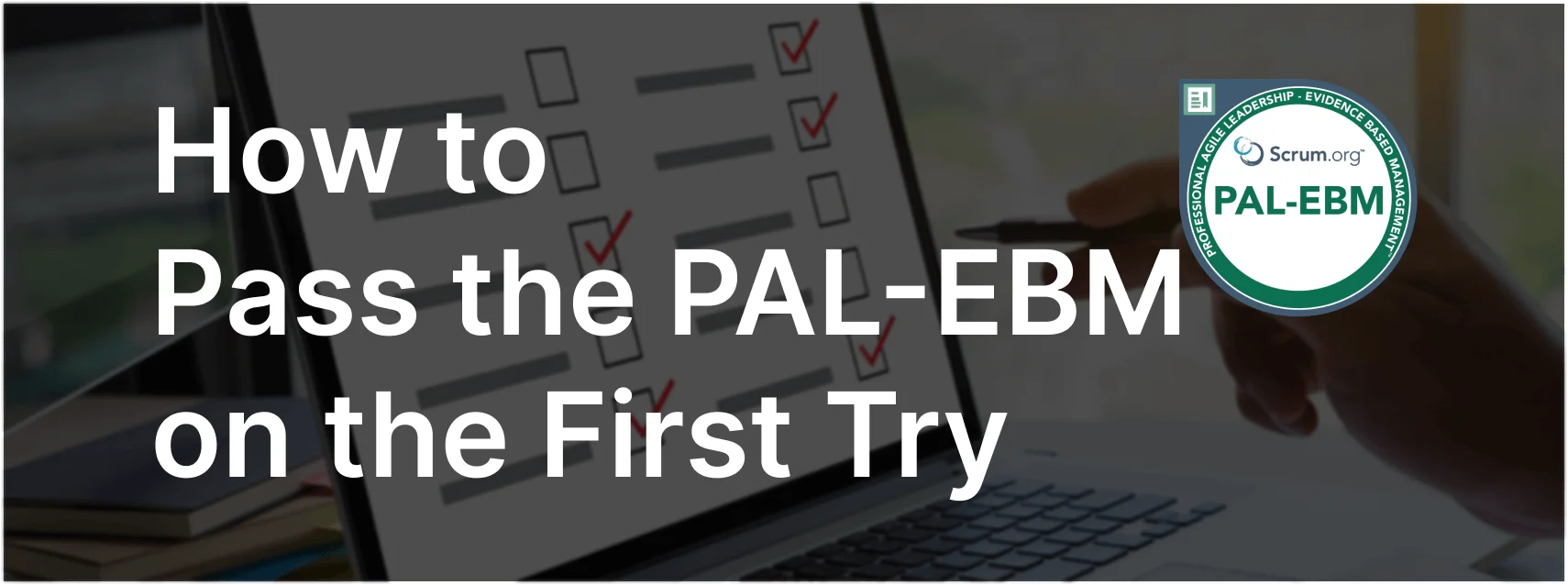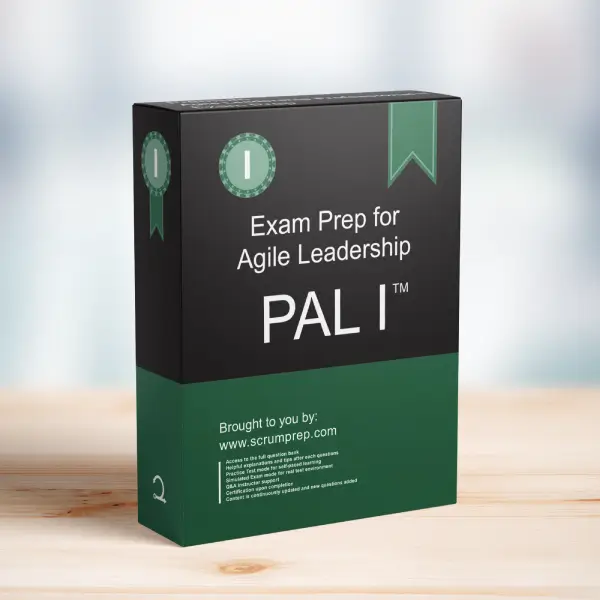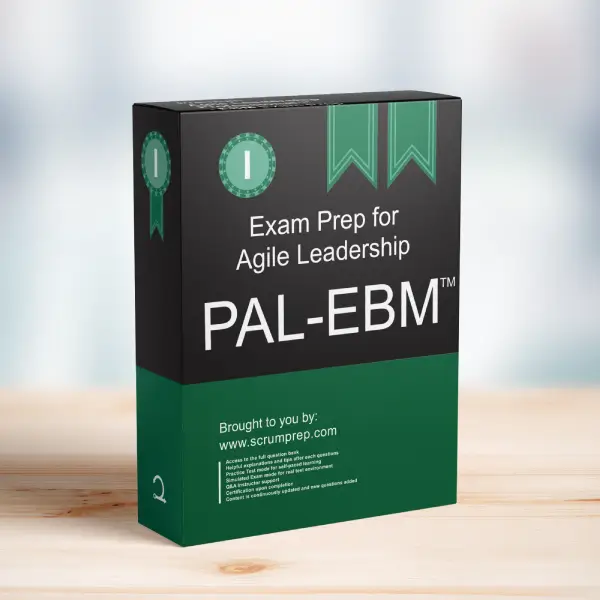Improving Timely Product Releases
Organizations often face challenges in delivering timely product releases, particularly when resources are stretched thin and team members are shared across multiple teams. This article explores effective strategies to address these challenges.
Exam Question
An organization with many products struggles to deliver timely product releases. When asked why, teams say that they do not have enough people to get their work done, and team members shared between teams slows work down further. What can the organization do to improve?
(choose the best answer)
A. Hire more people to work on the teams, to finish the features faster.
B. Reduce the number of products to improve focus and reduce sharing.
C. Improve planning and coordination to reduce cross-team conflicts.
D. All of the above.
Correct Answer
B. Reduce the number of products to improve focus and reduce sharing.
Explanation
Correct Answer
B. Reduce the number of products to improve focus and reduce sharing:
By reducing the number of products, the organization can improve focus and reduce the need for team members to be shared across multiple teams. This strategy helps teams to concentrate on fewer projects, which can enhance productivity, reduce context switching, and improve the overall efficiency of product development and delivery.
Why the Other Options Are Less Effective
A. Hire more people to work on the teams, to finish the features faster:
While hiring more people might provide additional resources, it does not address the root cause of the problem, which is the diffusion of focus and the inefficiency created by sharing team members. Adding more people can also introduce new challenges, such as onboarding and integration, which might not immediately solve the issue of timely delivery.
C. Improve planning and coordination to reduce cross-team conflicts:
Improving planning and coordination is beneficial but might not be sufficient on its own. If the core issue is the excessive number of products and the resulting spread of resources, better planning alone may not resolve the underlying problem. It is important to address the structural issue of having too many products that require shared resources.
D. All of the above:
While all options have merit, the most effective strategy in this context is to reduce the number of products. This approach directly addresses the problem of resource allocation and focus, making it the best answer.
Benefits of Reducing the Number of Products
Increased Focus: Teams can concentrate on fewer projects, leading to better quality and faster delivery.
Reduced Context Switching: Minimizes the cognitive load on team members by reducing the need to switch between different projects.
Improved Efficiency: Streamlines processes and reduces dependencies, making it easier to manage and deliver products.
Enhanced Collaboration: Teams can work more closely and effectively without the distractions of multiple competing priorities.
EBM Framework Insights
Current Value (CV): Focusing on fewer products can improve the quality and value of those products for customers.
Unrealized Value (UV): By improving focus, the organization can better identify and capture unrealized value in the market.
Ability to Innovate (A2I): Reducing the number of products allows for more innovation and continuous improvement within focused areas.
Time to Market (T2M): Streamlining product development can significantly reduce time to market for key products.
Relevance to the PAL-EBM Exam
Understanding how to improve timely product releases by addressing resource allocation and focus is crucial for the PAL-EBM exam. This knowledge demonstrates the ability to apply strategic thinking and the EBM framework to drive organizational efficiency and success.
Key Takeaways
- Reducing the number of products can improve focus, reduce context switching, and enhance efficiency.
- Hiring more people or improving planning and coordination are less effective without addressing the core issue of resource allocation.
- Focusing on fewer products allows for better quality, faster delivery, and more effective collaboration.
Conclusion
To improve timely product releases, it is essential to reduce the number of products, thereby improving focus and reducing the need for shared resources. This strategy addresses the root cause of delays and enhances overall productivity. For more information on preparing for the PAL-EBM exam, visit our Professional Agile Leadership PAL-EBM™ Exam Prep.





